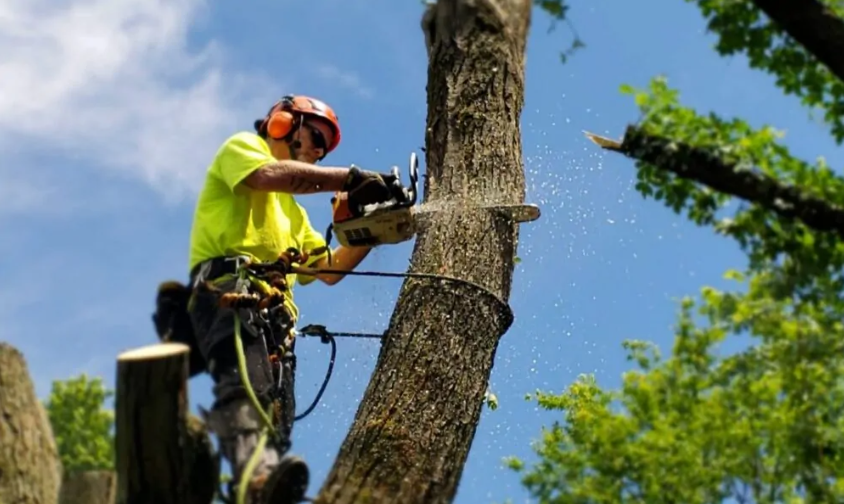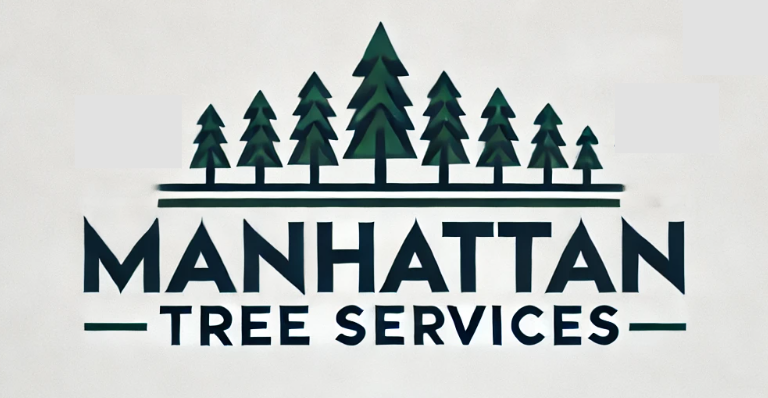
When a tree is cut down, most people think the story ends there. But do you know what happens in reality? Removing a tree is just the beginning of a much longer process. You must look to the other side and understand what happens to the tree once it is no longer rooted in the ground. Unfortunately, most areas discard tree waste in landfills. It is even left to decay in open piles. This contributes to unnecessary environmental strain.
But as awareness is increasing around sustainability and urban waste management, tree recycling and green disposal methods are becoming more common and yes essential. In this comprehensive blog, we are going to explore what happens when a tree is removed and why smart and eco-conscious is important to turn that once-living structure into something useful, beautiful or even energy-producing!
The Immediate Aftermath of Tree Removal
Once a tree is taken down, the site is typically left with branches and leaves. The leftover material, known as tree debris, can be bulky and messy. The purpose could be due to anything— disease, storm damage, construction needs, or overcrowding, it doesn’t matter.
In tree removal services, arborists usually segment the tree into manageable portions. Tree contractors use chainsaws or mechanical saws to cut. This is followed by sorting it into hardwood or softwood categories. For diseased or weak trees material may need to be processed differently, thereby avoiding contaminating other vegetation or ecosystems. The stump may either be ground down using a stump grinder or dug out entirely. It all depends on the owner’s future land use plans.
Sorting Tree Parts for Different Recycling Streams
Each part of a tree can serve a different purpose. Once segmented and sorted, tree limbs and foliage are distributed across various urban forestry recycling streams.
- Tree trunks and larger limbs are ideal for millwork or timber reuse.
- Medium-sized branches are often chipped for mulch. It is also used for wood chips.
- Leaves and small twigs are either composted or shredded. Used for organic ground cover.
- The stump and roots, if not contaminated, can be ground into coarse mulch.
This step is crucial. Waste segregation ensures that maximum value can be extracted from trees.
Wood Chipping and Mulching
One of the most common post-removal uses of tree material is wood chipping. Using an industrial wood chipper, branches and small trunks are turned into landscape mulch. They are also used as a pathway material as they help to retain soil moisture and suppress weeds. Property owners also use it to improve the aesthetics of gardens and trails.
Mulch made from tree recycling is functional and sustainable. It reduces reliance on synthetic ground cover and makes soil healthier. Cities now offer free mulch programs as part of their urban tree recycling initiatives. This encourages residents to reuse.
Composting Leaves and Fine Debris
Tree foliage and sawdust are the perfect candidates for composting. These organic materials are rich in carbon which in compost piles helps to balance the nitrogen-heavy inputs like food scraps and grass clippings as well.
Composted tree matter is transformed into humus-rich soil. This can be used in gardens and reforestation projects. This process also supports the circular economy of urban landscaping, thereby returning nutrients to the ground where new plants will grow.
Reclaiming Usable Lumber
For hardwood, protected trees like oak and walnut, recycling options tend to expand. If the wood is in good condition, it may be milled into lumber for:
- Furniture making
- Flooring
- Architectural features
- Cabinetry
- Artisanal woodworking
This is valued for its natural weathering and character. You can repurpose trees in this way is to providing unique materials without cutting down new forests which is quite economically and environmentally rewarding
Biofuel and Biomass Energy
In many areas, removed tree materials are processed into biomass fuel. This involves drying and compacting wood waste into wood pellets or chips. This can be burned for renewable energy in power plants or home heating systems too.
Biomass energy derived from urban trees contributes to lower carbon emissions in comparison to fossil fuels. It is a smart solution for utilizing diseased or non-reclaimable wood. Because otherwise go to waste.
Art and Craft Uses
Craftspeople and even local artisans often seek out reclaimed wood slabs and stumps from removed trees. These unique materials are used for:
- Carving
- Sculpture
- Rustic furniture
- Woodturning
Even tree cookies (thin cross-sections of trunks) are used in weddings and as educational tools. They are used to demonstrate tree age rings and growth patterns, thereby preserving the spirit of the tree.
Tree Stump Transformation
What about the stump that is often left behind? Many homeowners and landscapers find creative ways to repurpose stumps instead of grinding them. They use it as:
- Garden stools or tables
- Natural planters
- Yard décor
- Insect habitats
Stumps can be sealed and treated to prevent rot. Otherwise, they may attract pests or become a tripping hazard. So, responsible handling is essential.
Challenges to Manage Urban Tree Waste
Not all tree waste gets to be recycled. Several cities do not have the proper setup for recycling. Thus, they dispose of, or burn, a lot of collected waste.
Some of the problems are:
- Lack of appropriate centres for composting
- No segregation of tree types or checks for contamination
- Transportation cost to the recycling mills is too high
- Public unawareness about green disposal methods
These challenges reflect the need for the municipalities to invest in tree recycling infrastructure.
Why Tree Recycling Matters
The environmental benefits of recycling trees after removal are many:
- Reduces landfill load
- Promotes soil health and biodiversity
- Offsets carbon emissions
- Supports renewable energy
- Provides cost-effective materials for local industries
Tree recycling reflects a larger commitment to urban sustainability. Every component is managed with care. Even after its life has ended.
Conclusion
A tree’s journey doesn’t end when you cut it down. From getting the tree removal permit to making wood chips and mulch out of it, every part of can be transformed into something useful. Whether it is reused in your own garden or repurposed, there are countless ways to avoid letting it go to waste.
Want expert tree removal solutions that prioritize eco-friendly recycling? Hire our experts at NYC Discount Tree Experts. We are trained in the latest tree cutting regulations standards to make your landscapes thrive in the long run.


